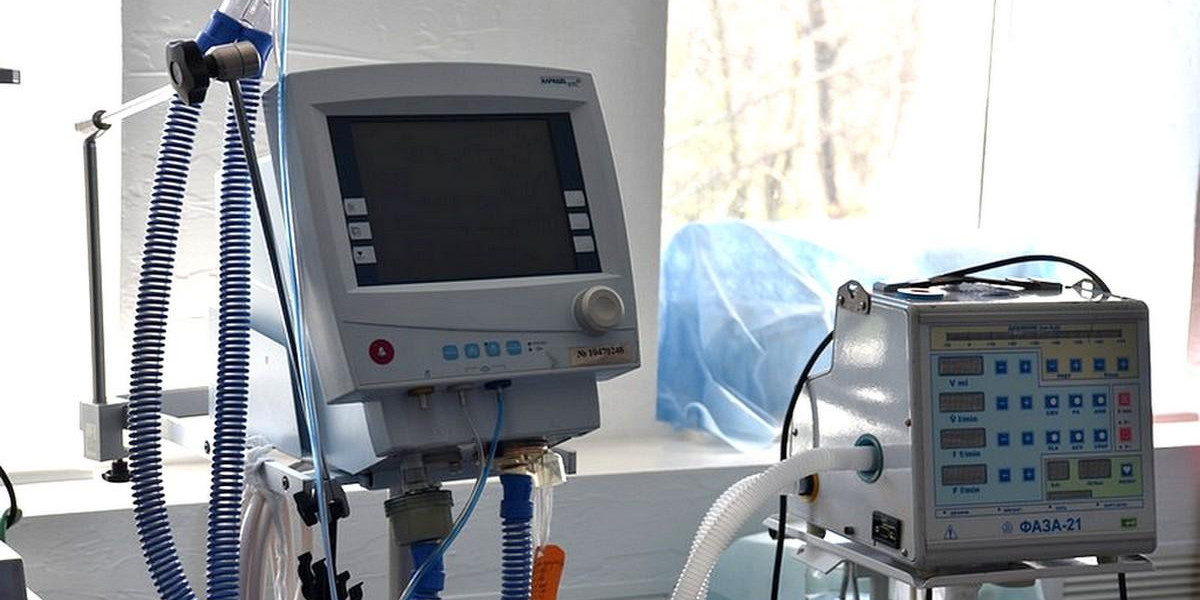The ventilator market has seen remarkable growth in recent years, driven by increased demand during the COVID-19 pandemic. Hospitals worldwide were faced with a shortage of ventilators, prompting accelerated production and innovation. However, as the market continues to expand, it faces several challenges that could impact its long-term growth and sustainability. These challenges range from regulatory hurdles and high production costs to technological limitations and varying demand across regions.
Regulatory and Compliance Issues
One of the major challenges the ventilator market faces is navigating complex regulatory environments. In different countries, the approval process for medical devices varies significantly, with stringent regulations often delaying product availability. Manufacturers must comply with the guidelines set by regulatory bodies such as the FDA (Food and Drug Administration) in the U.S. and the CE marking in Europe. The approval process involves extensive testing, clinical trials, and validation procedures, which can take years. As a result, manufacturers struggle to bring new, advanced ventilators to the market quickly enough to meet growing demand.
Additionally, the COVID-19 pandemic underscored the need for emergency use authorizations (EUAs) for ventilators. This temporary approval route allowed manufacturers to expedite the availability of ventilators, but it also raised concerns regarding the long-term safety and efficacy of some of these devices. As the world moves toward post-pandemic recovery, regulatory authorities are likely to implement more stringent measures to ensure the safety and effectiveness of ventilators.
High Production Costs and Supply Chain Issues
Another significant challenge is the high cost of manufacturing ventilators. The production of these life-saving devices involves complex technology and high-quality components, making them expensive to produce. The costs of raw materials, labor, and supply chain inefficiencies have led to price inflation. For smaller manufacturers or those in developing countries, these costs can be prohibitive, hindering their ability to compete in the market.
Moreover, the global supply chain has been heavily disrupted in recent years due to geopolitical tensions, natural disasters, and the ongoing effects of the COVID-19 pandemic. Shortages of critical components, such as microprocessors and sensors, have slowed production, further exacerbating the problem. Manufacturers often face delays in sourcing essential parts, making it challenging to meet the demand for ventilators, especially during times of crisis when the need is urgent.
Technological Advancements and Integration
As healthcare technology evolves, so too must ventilators. Manufacturers are increasingly integrating advanced features such as artificial intelligence, cloud-based monitoring, and remote control capabilities. These innovations are essential to improve patient outcomes and make ventilator use more efficient. However, these technologies require significant investment in research and development (R&D), which can strain the financial resources of manufacturers, especially smaller players in the market.
In addition, the integration of cutting-edge technology can create compatibility issues with existing hospital infrastructure. Many hospitals around the world still use older, more traditional ventilator systems that are not compatible with new digital platforms. This presents a barrier to the widespread adoption of newer, more advanced models, limiting the growth potential of these innovations.
Uneven Global Demand
The global demand for ventilators is uneven, creating a challenge for manufacturers. Developed countries typically have a higher demand for advanced, high-quality ventilators, while developing countries may only require more basic models. Economic disparities, variations in healthcare infrastructure, and political instability further contribute to uneven demand. For manufacturers, this presents a challenge in scaling production to meet global needs without overextending resources or producing excess inventory in regions with limited demand.
The COVID-19 pandemic revealed the discrepancies in healthcare infrastructure between different regions. As some countries struggle with insufficient ventilator access, others are dealing with an oversupply, making it difficult for companies to predict demand accurately and allocate resources effectively.
Competition and Market Saturation
The ventilator market is highly competitive, with numerous established players and new entrants vying for market share. Major companies like Philips, Medtronic, and GE Healthcare dominate the industry, but smaller companies and startups have also emerged to address niche markets or provide more affordable solutions. While competition drives innovation, it also places pressure on manufacturers to reduce costs, improve quality, and differentiate their products.
However, as the market becomes saturated, the potential for continued exponential growth decreases. Companies must find new ways to innovate and adapt to changing market dynamics to sustain growth. This includes focusing on emerging markets, offering maintenance services, and creating value-added features that enhance the utility of ventilators in the long term.
Conclusion
While the ventilator market has experienced significant growth, it faces several challenges that could impact its future trajectory. Regulatory complexities, high production costs, technological integration, uneven global demand, and market competition are key obstacles manufacturers must overcome. To maintain sustainable growth, manufacturers must focus on innovation, strategic partnerships, and addressing regional disparities in healthcare infrastructure. By doing so, the ventilator market can continue to expand and meet the evolving needs of the global population.









